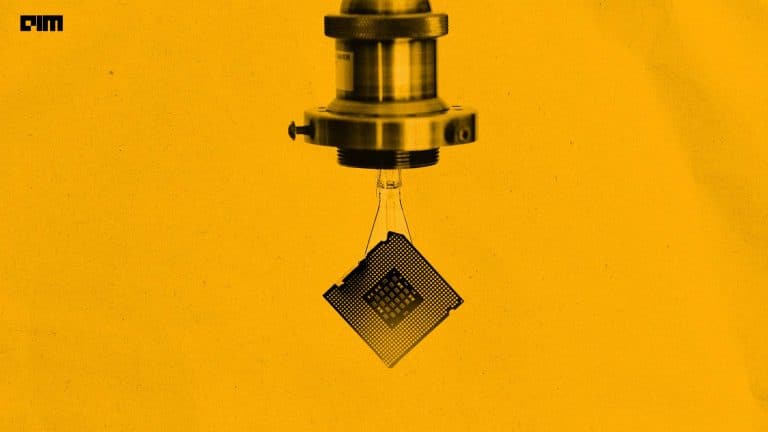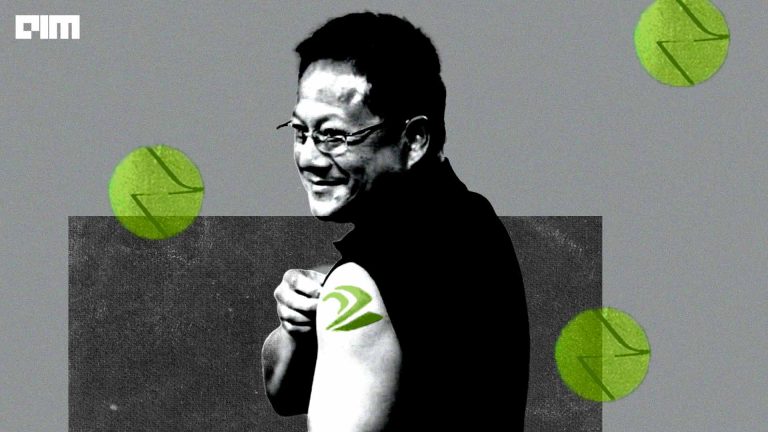Gone were the days when people used to buy computers based on CPUs. The advent of System-on-a-Chip (SoC) has created a buzz over the market and every smart thing around us is currently integrated with these SoCs. SoCs are a combination of various computer components into a single silicon integrated chip which includes a central processing unit (CPU), a graphical processing unit (GPU) and a random access memory (RAM), power management circuits, among others.
According to International Data Corporation, the Chinese telecom multinational company, Huawei has surpassed Apple and acquired the second position to be the worldwide quarterly smartphone vendor. Huawei holds 19 percent of the worldwide market share which is high as compared to Apple’s 11.7 percent.
In this article, we see how Huawei’s Kirin 990 stacks up against Apple’s A13 Bionic chipset, pegged as the most powerful chip in the smartphone. With two machine learning accelerators, A13 has hogged a lot of limelight but Huawei is gearing up for a tight battle too by packing an edge.
Read on to find out more.
Apple Bionic A13
It has been more than two years that Apple started making its own chipsets. This month the tech giant unveiled the new chipset Bionic A13 which according to the developers is the fastest iPhone silicon chip yet. This chip will power the new iPhone 11 series. According to sources, “The A13 Bionic is the fastest CPU ever in a smartphone,” Apple said onstage, adding that it also has “the fastest GPU in a smartphone,” too.
Huawei Kirin 990
After its involvement in the trade war with the US, Chinese telecom giant Huawei has doubled down on building their own competencies. From announcing its own operating system to launching its first commercial AI chip, the tech giant has grown its roots in the field of emerging technologies.
The Chinese telecom giant, Huawei introduced its new flagship chipset, Kirin 990 which is made of TSMC’s 7nm+ EUV process. Huawei claims this chipset as the 1st flagship 5G SoC powered with a 7nm+ EUV process. With a built-in 5G modem, the chip has 10.3 billion transistors, while with the 4G modem, the chip has 8 billion transistors.
Artificial Intelligence
The Apple Bionic A13 includes machine learning hardware acceleration which is an octa-core Neural Engine. It adds two machine learning accelerators to six CPU cores i.e. two performance cores and four efficiency cores that make the chipset work six times faster than the previously released chipsets like Bionic A12. According to sources, Apple Vice President of Engineering Sri Santhanam said A13 Bionic’s standout features include its powerful machine learning capability and a low-power design — hundreds of voltage gates enable the chipset to activate only the subsection(s) required for a given process at a given time.
The Huawei Kirin 990 chipset includes the company’s self-developed 2+1 Da Vinci architecture NPU i.e. three cores which deliver better power efficiency, stronger processing capabilities and higher accuracy. The chipset has the powerful Big-Core plus ultra-low consumption Tiny-Core which contributes to an enormous boost in AI performance. In AI face recognition, the efficiency of this NPU Tiny-Core can be enhanced up to 24x than the Big-Core. According to sources, Huawei Kirin 990 betters Qualcomm’s Snapdragon 855 by 4.7 times in AI performance, and scored 52403 on the AI Benchmark test, ahead of both the Unisoc Tiger T710 and Snapdragon 855 Plus.
Processors
The Apple A13 Bionic is manufactured with TSMC’s second-generation 7nm process and includes 8.5 billion transistors which is approximately 23 percent more than A12’s 6.9 billion. The CPU is a dual-cluster Hexa-core and the GPU is the company’s own designed quadcore.
On the other hand, the CPU in Kirin 990 is the tri-cluster octa-core and the GPU is 16-core Mali-G76 MC16 architecture which elevates outstanding performance and great energy efficiency.
Conclusion
In the current scenario, microchips are embedded in almost every smart device, for instance, smartphones, washing machines, and cars among others. This time, there has been a tight battle been the two tech giants, Apple and Huawei. Developers at Apple claim that it has the fastest CPU and GPU embedded in a smartphone. It also packs an image processing feature known as Deep Fusion which uses machine learning to improve low to medium light photography. However, there is one point where Huawei scores over Apple is with Balong 5000 modem processor which supports 5G networking and delivers maximum download speed of 2.3Gbps and a maximum upload speed of 1.25Gbps.

















































































